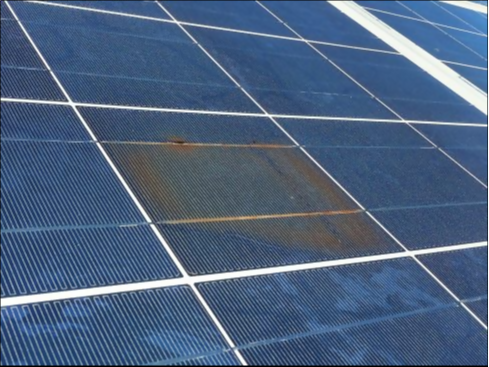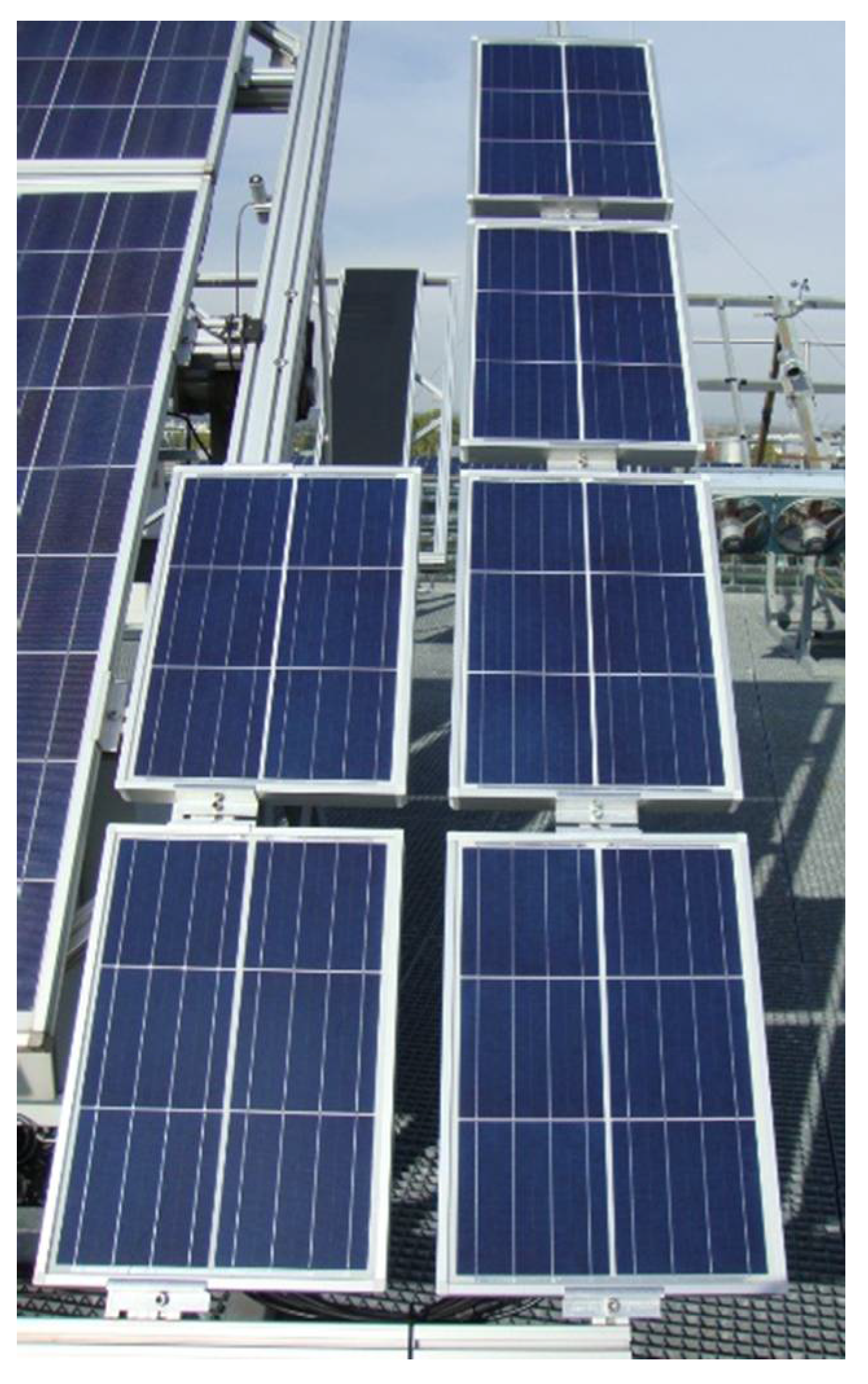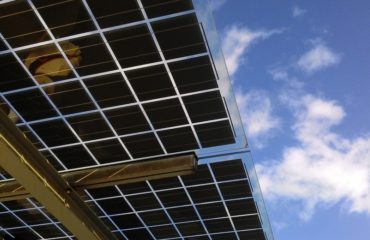Eva Discoloration Solar Panels

There are plenty of studies online that have fully confirmed that the acetic acid formation is the specific root cause for the discoloration of the eva encapsulate.
Eva discoloration solar panels. Very much what appears to be a visual failure discolouration or browning occurs when there is a yellow or brown discolouration of the ethyl vinyl acetate eva a result of two main causes. With the help of a lamination machine the cells are laminated between films of eva in a vacuum which is under. Ethylene vinyl acetate eva encapsulants for photovoltaic modules. Solar eva had one job but failed miserably.
The eva is used to bond the silicon solar cells to the front glass and backing sheet and to protect the photovoltaic materials from the environment and mechanical damage. The thermal ageing of an ethylene vinyl acetate eva polymer used as an adhesive and encapsulant in a photovoltaic module has been investigated. Solar panel discolouration is an uncontrolled chemical reaction amongst materials. Discoloration itself may not be directly related to power performance of pv modules.
A new non destructive technique has been proposed by researchers who say identifying early stage discoloration in eva encapsulants can help detect degradation in solar panels before power output is affected. Browning in pv modules can induce a power loss by up to 0 5 year. Eva films are a key material used for traditional solar panel lamination. Bad effects of eva browning.
What are ethylene vinyl acetate eva films. We ll get to that part. Pern center for performance engineering and reliability national renewable energy laboratory nrel 1617 cole blvd golden colorado 80401 usa. The iit bombay group used an ultraviolet accelerated aging test during 34 days on three encapsulant samples.
Eva is the abbreviation for ethylene vinyl acetate. Let s try to make it as simple as possible. In the solar industry the most common encapsulation is with cross linkable ethylene vinyl acetate eva. Essentially an acetic acid formation is the problem but not too blame.
To investigate the eva encapsulant photobleaching and discoloration solar cell laminates having different eva films uv transparent t uv cut c and combination of the two tc were tested. A new non destructive method has been proposed by researchers in india who say identifying early stage discoloration in eva encapsulants can help detect degradation in solar panels before power. Discoloration is rarely observed in the eva between neighboring solar cells.






































